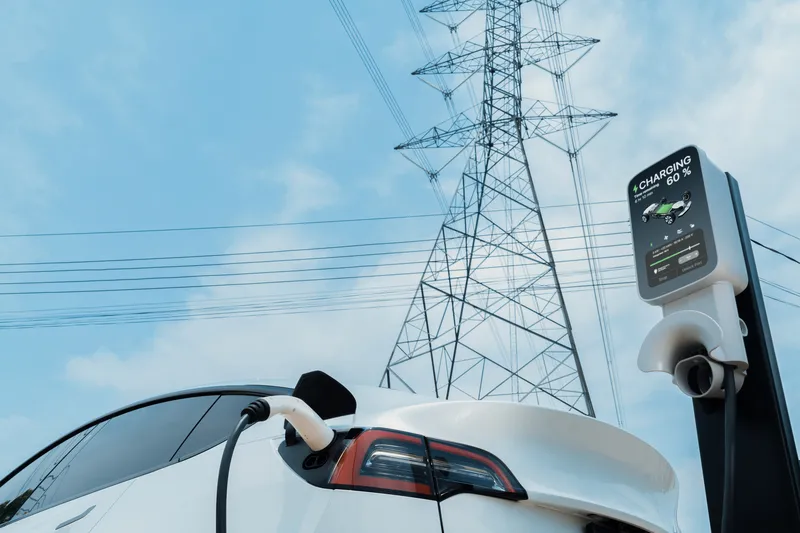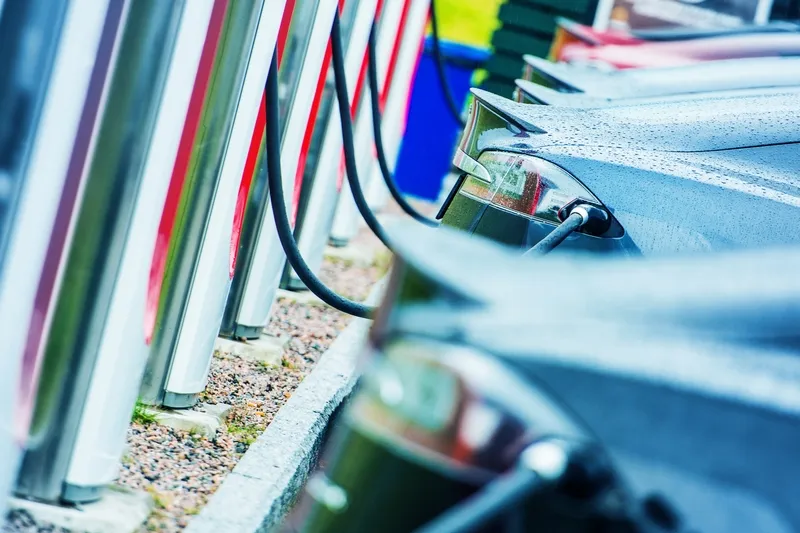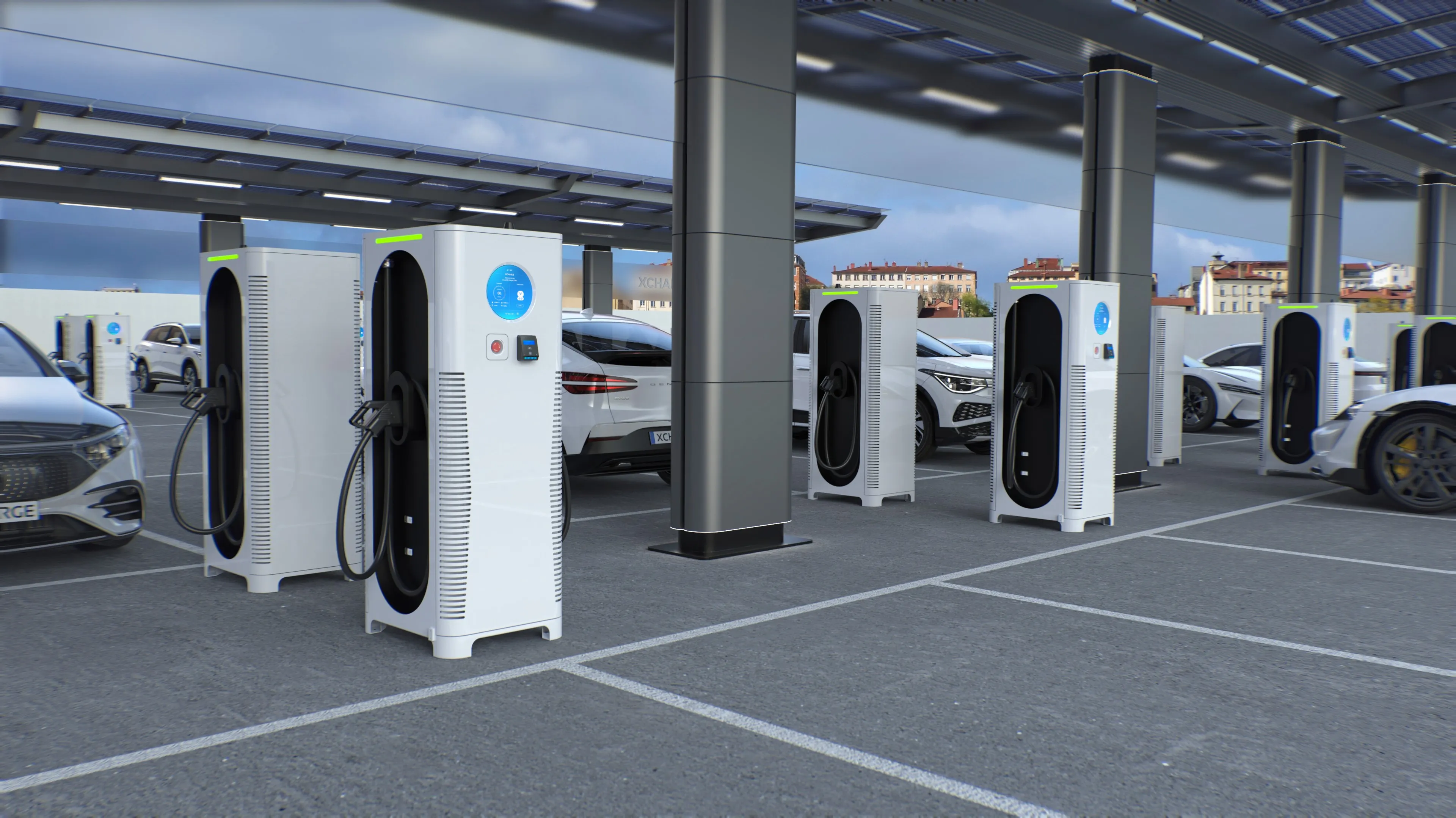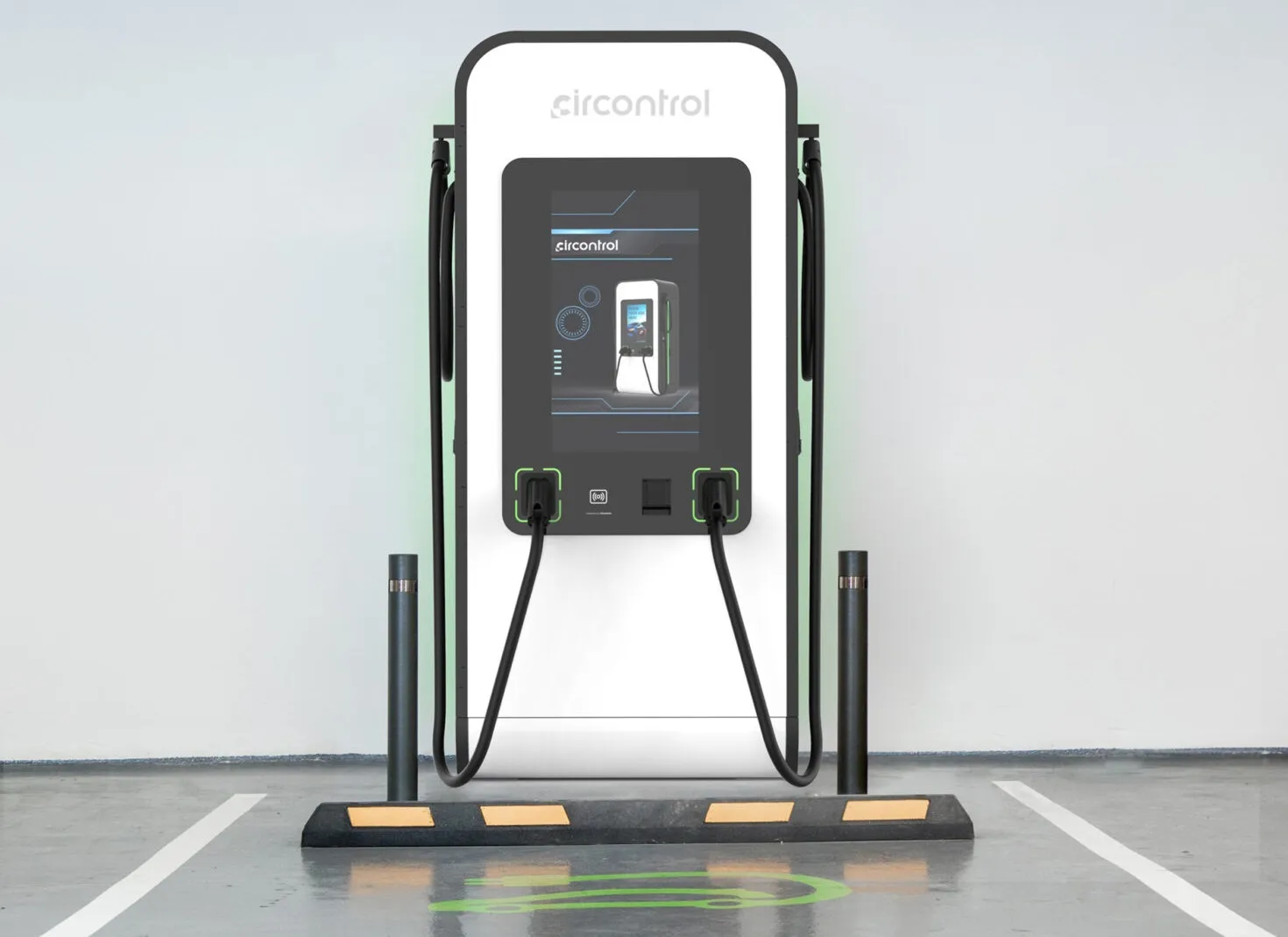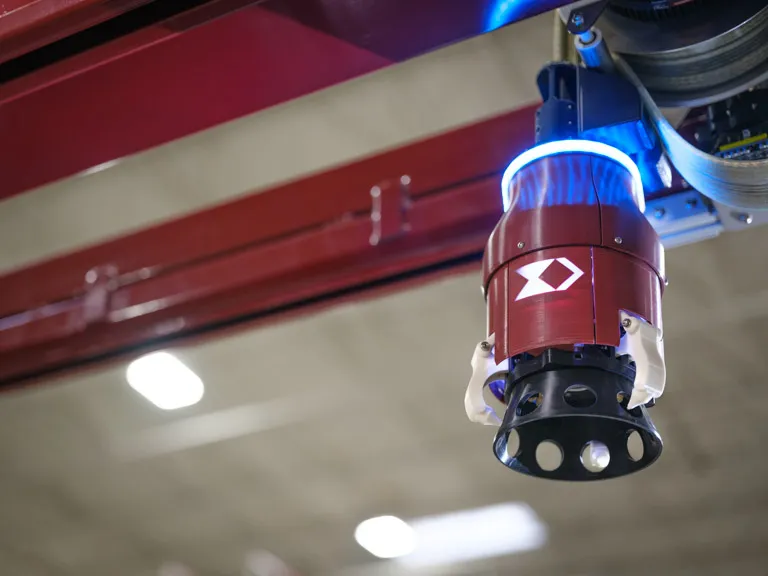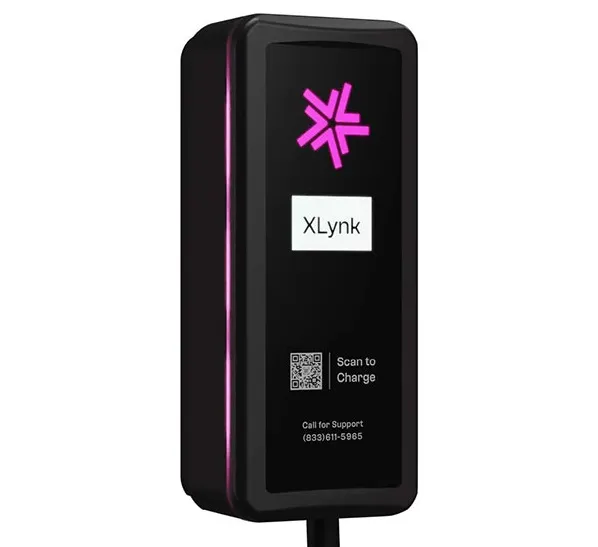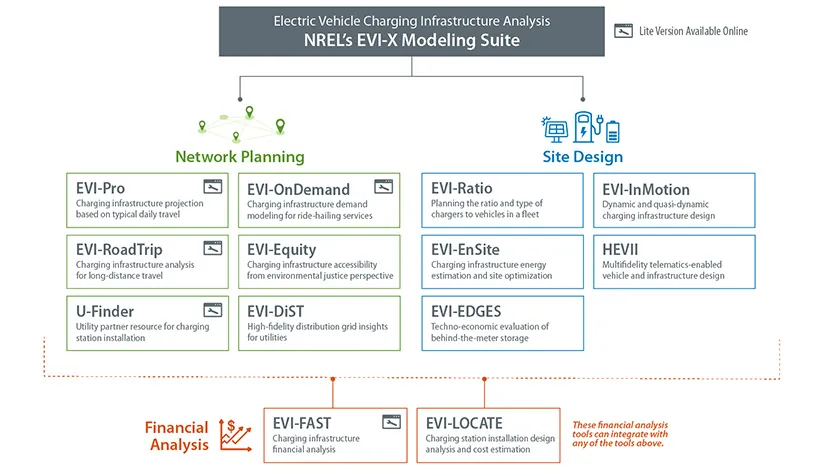
However, efficient planning and deployment require sophisticated analysis.
This is where the National Renewable Energy Laboratory (NREL) comes in. Leveraging its decades of EV charging infrastructure expertise, the laboratory developed the EVI-X Modelling Suite of EV Charging Infrastructure Analysis Tools, the most sophisticated and comprehensive set of integrated charging infrastructure analysis tools available today.
"Each tool in the EVI-X modelling suite shares the same philosophy: to accelerate convenient and affordable EV adoption by lowering every possible barrier to EV charging infrastructure deployment," said NREL's Eric Wood, a senior EV charging infrastructure researcher who plays a key role in developing and refining the suite. "We've added everything we understand about human behaviour and charging preferences to simulate what an EV charging network should look like to meet peoples' needs, whether they drive a small sedan or a heavy-duty tractor trailer.
"We take the stance that EV adoption needs to be a no-compromise solution," he continued. "EV charging, as we see it, should be easy, convenient, and never fail to meet drivers' needs."
In addition to identifying the necessary number and type of EV chargers—ranging from fast, high-power public charging stations to slower, Level 1 (120-volts AC) and Level 2 (208–240-volts AC) charging ports—to support large-scale EV adoption, the EVI-X suite enables researchers, partners, and others to pinpoint locations best suited for EV charging station installation, estimate associated costs and charging loads, and develop optimal solutions for effective integration—all before monetary and time investments are made.
The EVI-X suite has the unparalleled ability to answer the most complex questions addressing every aspect of EV charging. The tools in the EVI-X suite fall into three crosscutting categories. Firstly, network planning tools to quantify EV charging infrastructure needs such as the number, type, and location of charging ports to support different levels of EV adoption; recommended power levels; the potential grid impacts of increasing EV adoption, plus strategies to lessen stress on the grid; accessible and affordable charging; optimised charging for fleets and ride-hailing services; long-distance travel along highway corridors; and finding utility partners for infrastructure installation.
There are also site design tools to inform EV charging station designs related to energy estimation and site optimisation; composition and size of EV fleets; placement of charging station equipment; sizing and control of behind-the-meter energy storage; and the feasibility of dynamic roadway charging.
The third crosscutting category is financial analysis tools to assess costs associated with EV charging infrastructure such as station and network economics, the levelised cost of charging, and investor payback period and risk analyses.
The EVI-X suite enables NREL researchers to conduct customized analyses in collaboration with government entities, vehicle manufacturers, charging network operators, electric utilities, public utility commissions, research institutions, and more.
"The EVI-X suite enables actionable insights at a never-before-seen level of detail," said NREL's Brennan Borlaug, a senior research analyst focusing on EV charging infrastructure. "We have used it to conduct multiple analyses in partnership with federal and state agencies, helping to inform billions of dollars in planned EV charging investments."


